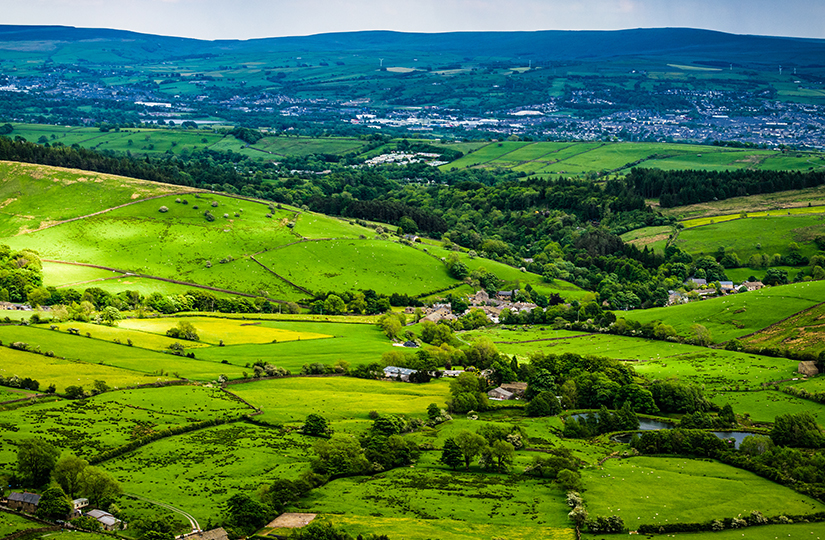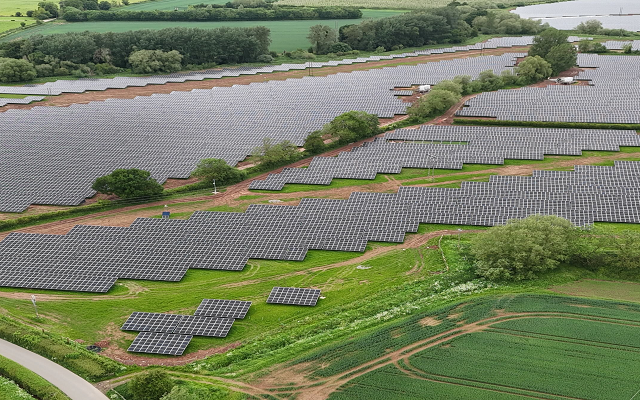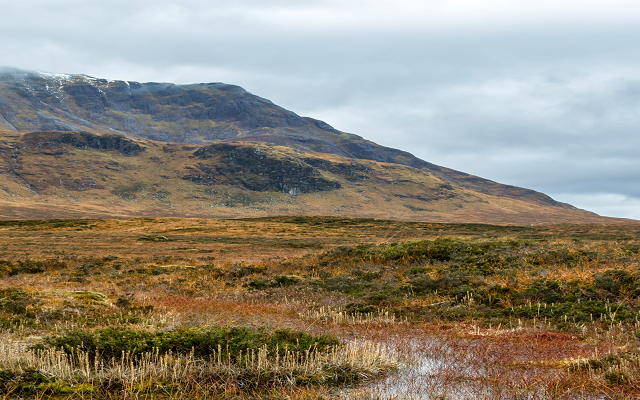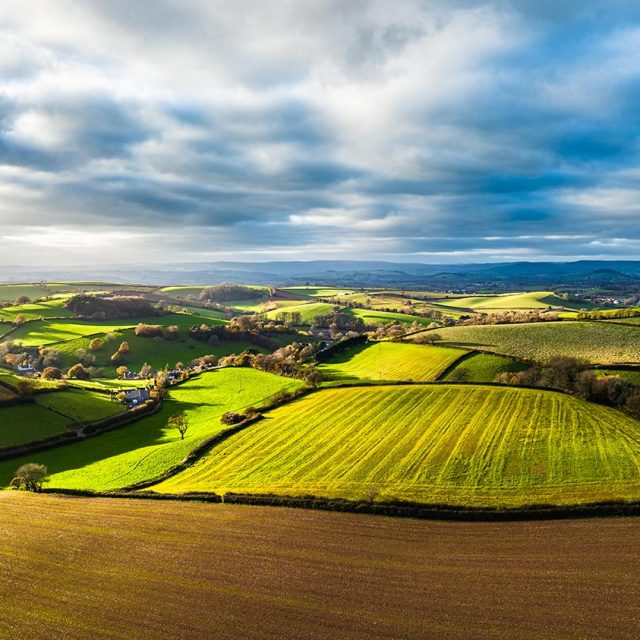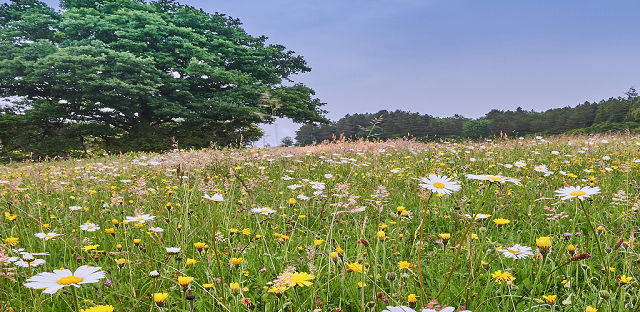The value of natural capital accounts to farms and estates
Natural capital has become a hot topic for rural landowners over the past five years, as the green agenda has come to the fore.
In response to growing concern about the impact of climate change and declines in biodiversity, the government has put a ‘natural capital approach’ at the heart of its Agriculture Bill and 25-year Environment Plan
It is a concept that generates discussion within the rural sector, as it presents both challenges and opportunities to landowners and farmers. The opportunities include opening up new income streams, either by accessing ‘public money for public goods’ or selling environmental services, such as carbon credits, to private sector buyers.
The challenges include understanding what natural capital assets a farm or estate has, assessing their quality and working out how to run a profitable business while maximising the environmental benefits and minimising the environmental costs.
What is natural capital and why is it important?
At its simplest, natural capital involves thinking about all the different elements of ‘nature’ (plants, trees, air, animals, water, soils and minerals) as assets which can provide goods and services that benefit society.
If we look at an enterprise like forestry, some of the services and benefits it offers are immediately obvious – for example, the availability of timber for construction or for use as fuel – but other benefits are more hidden, such as improved air quality and carbon sequestration.
Latest figures from the Office of National Statistics suggest the non-market benefits of woodland currently exceed the market benefits of timber by about 12 times; with timber representing just £275.4m out of the £3.3bn total annual value of woodland in 2017.[1] For example, the removal of air pollution by woodland is estimated to have equated to a saving of £938m in health costs in 2017, with woodland also removing 18.1m tonnes of carbon dioxide, worth an additional £1.2bn.
Most economic decisions focus solely on financial costs and returns, ignoring significant environmental and social implications. Taking a natural capital approach ensures that the hidden value of the natural environment is not overlooked when it comes to decision-making and aims to reward landowners through the marketplace for providing wider benefits.
So what is a natural capital account?
A natural capital account brings together financial and environmental data in a way which helps a business to understand its environmental impact and dependency on nature.
It measures and values a farm or estate’s natural capital assets, presenting the information in a similar way to a set of financial accounts.
Whereas a financial balance sheet only includes the financial assets and liabilities of a business, a natural capital account also includes environmental, and some social, assets and liabilities.
Strutt & Parker is collaborating with market-leading environmental economists eftec to produce natural capital accounts for farms and estates.
We are able to offer two types of account – a baseline account and a future account.
The baseline account quantifies, in monetary terms, what the costs and benefits are from current land use. The future account quantities how that would differ if changes in land use and how the land is managed are made. It also will give an indication of the number of carbon credits that could be generated from the land, which might be monetised through new environmental markets.
How does it differ from a carbon account?
A carbon account typically looks at the carbon footprint of a farming business, measuring greenhouse gas (GHG) emissions and carbon sequestration associated with farming activities.
A natural capital account also looks at GHG emissions and sequestration, but it goes beyond that to measure a wider range of environmental impacts. It reflects profits from food production, minerals, timber and renewable energy; impact on water and air quality; the benefits of access to land in terms of recreation, health and well-being. It also quantifies the costs of maintaining natural capital assets.
What are the benefits of having a natural capital account?
Our natural capital account service gives businesses robust, quantified information on their impact on the environment – both good and bad – and how it can change.
It can be used to guide short- and long-term decision-making on a farm or estate. For example:
- Could you or should you change some of the uses of the land?
- Could you or should you change some of the management practices?
- Based on the account, where should investment be focused? And what shouldn’t you do?
- If changes in land use generate carbon credits, how many and should you sell them?
The number of companies and organisations who are willing to pay to secure the environmental benefits of well-managed natural capital is growing quickly. This includes government, which through the Woodland Carbon Guarantee Scheme is already paying to secure greater carbon sequestration by incentivising tree planting. The Environmental Land Management (ELM) scheme will be another potential income stream for farmers and landowners signing up to agreements to enhance natural capital.
Other examples of potential customers for improved environmental outcomes include water companies seeking to reduce pollution levels, insurance companies looking to reduce flood risk and corporate customers looking to offset residual emissions.
But to tap into these new markets landowners will have to have provide a credible evidence base showing the environmental outcomes that they can deliver. As part of due diligence checks, corporate customers are also likely to want reassurance that if they enter into an agreement with a landowner on a project that it is someone who is operating sustainably across the rest of their land holding. A natural capital account which complies with the British Standard on natural capital accounting should help to do both of these things.
The policy framework that farms and estates are working within is changing significantly, with much greater emphasis being placed on the public goods that they can provide and the need to take action where businesses are having a negative environmental impact.
Landowners who want to be ready for the changes that lie ahead need to have a good understanding of their natural capital ‘bottom line’, so they can take action to address problem areas and identify where there may be opportunities for public payments or to tap into new markets.
To find out more about Strutt & Parker’s natural capital account services contact Jason Beedell, rural research director.
[1] Office
of National Statistics: Woodland natural capital accounts, UK: 2020
